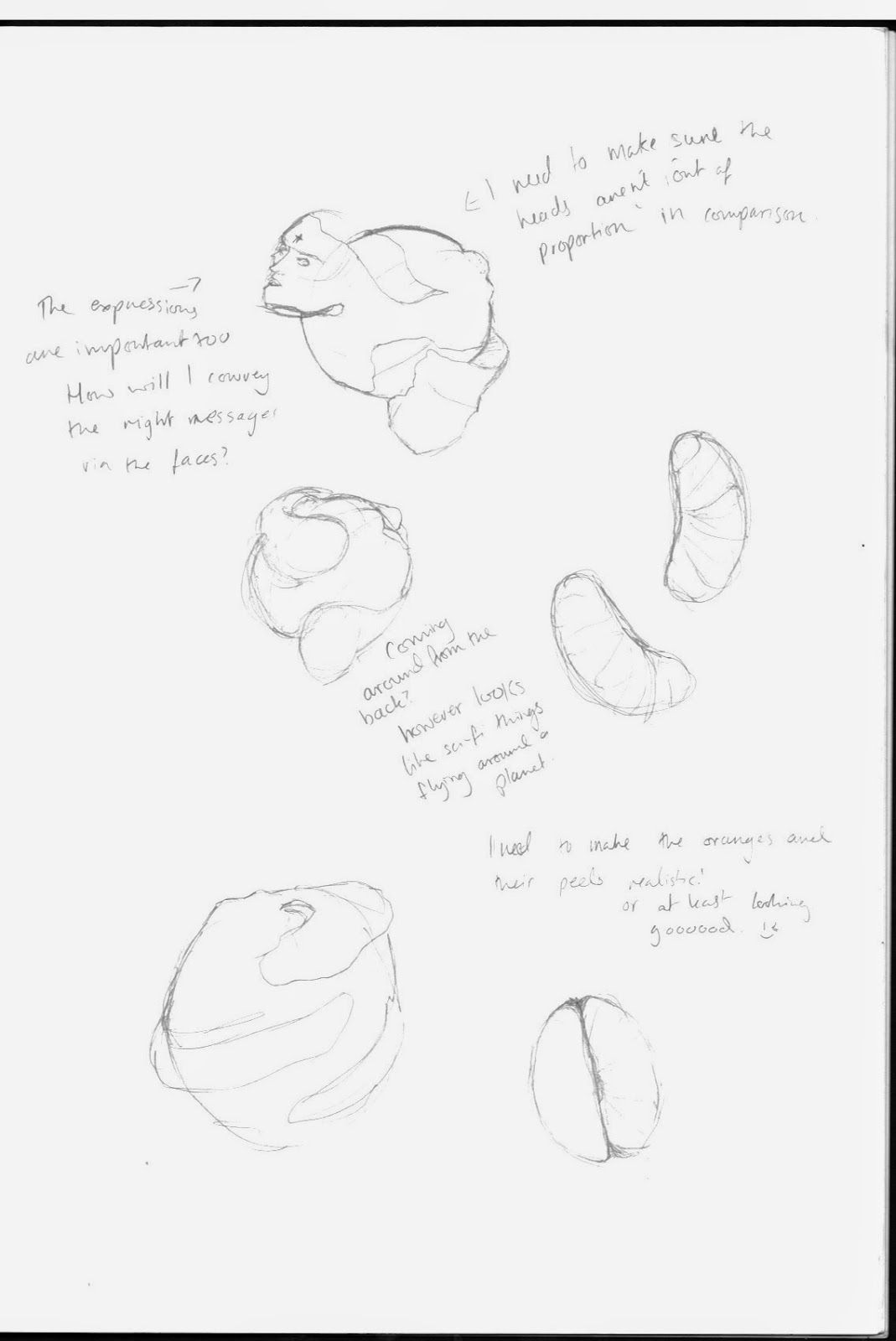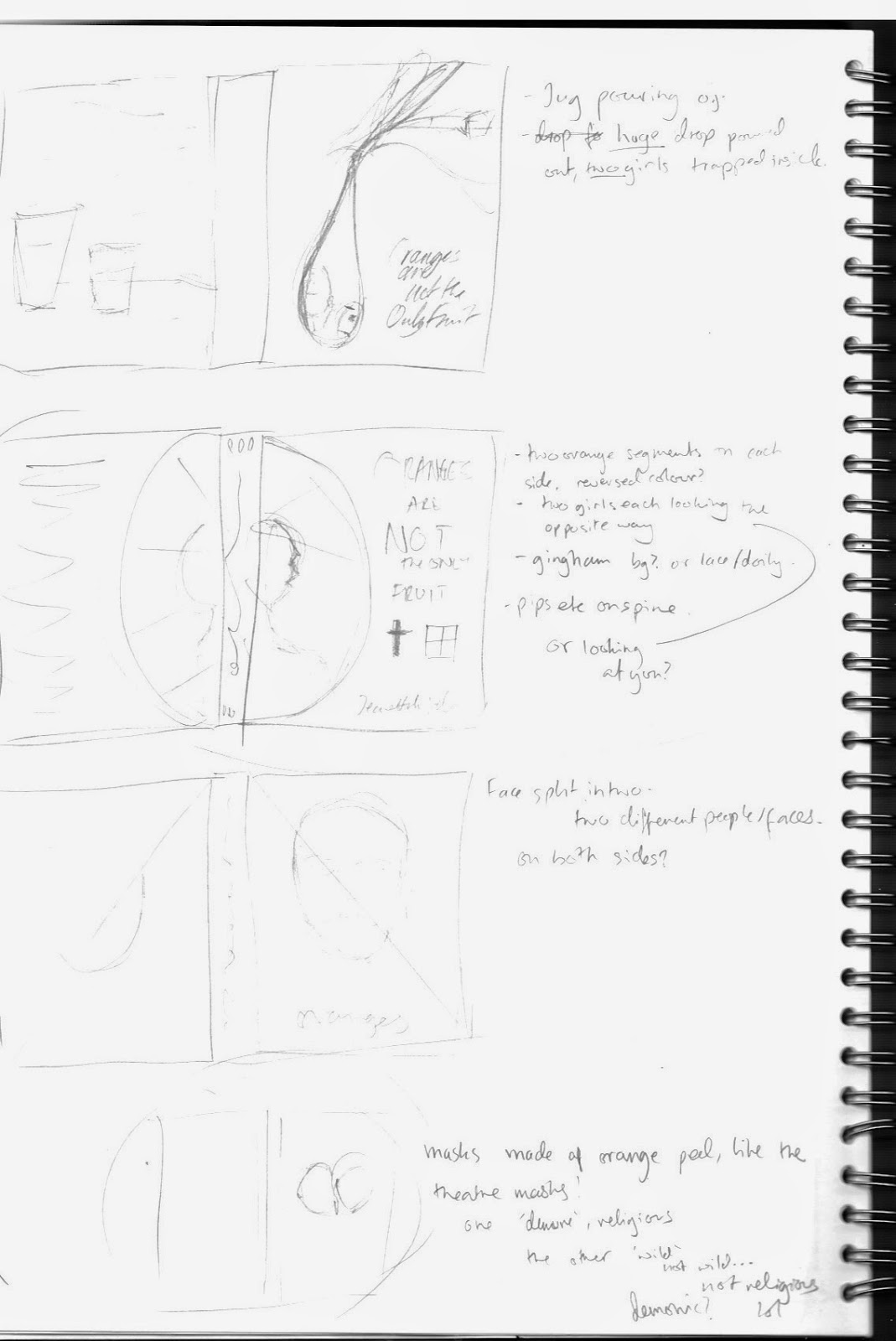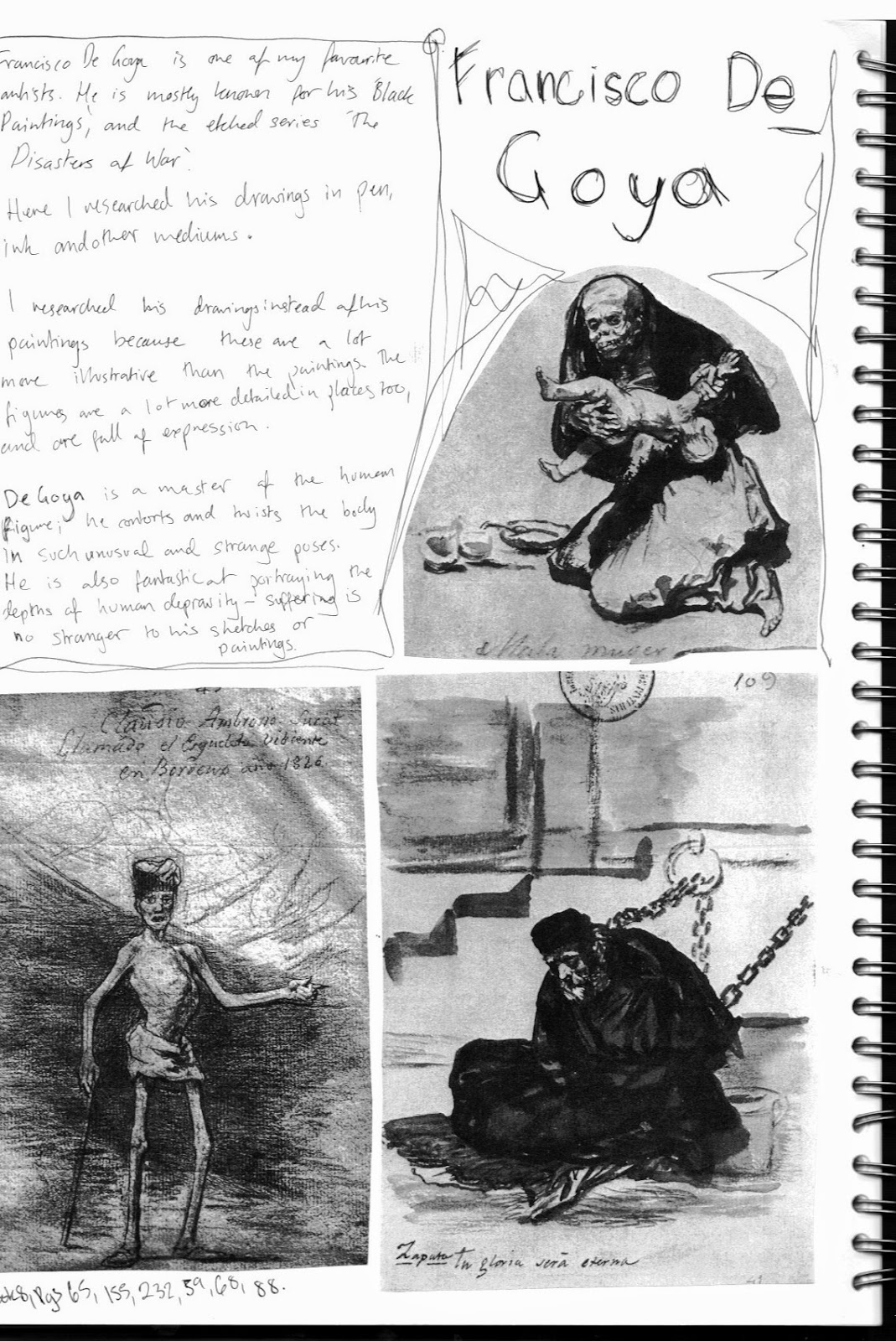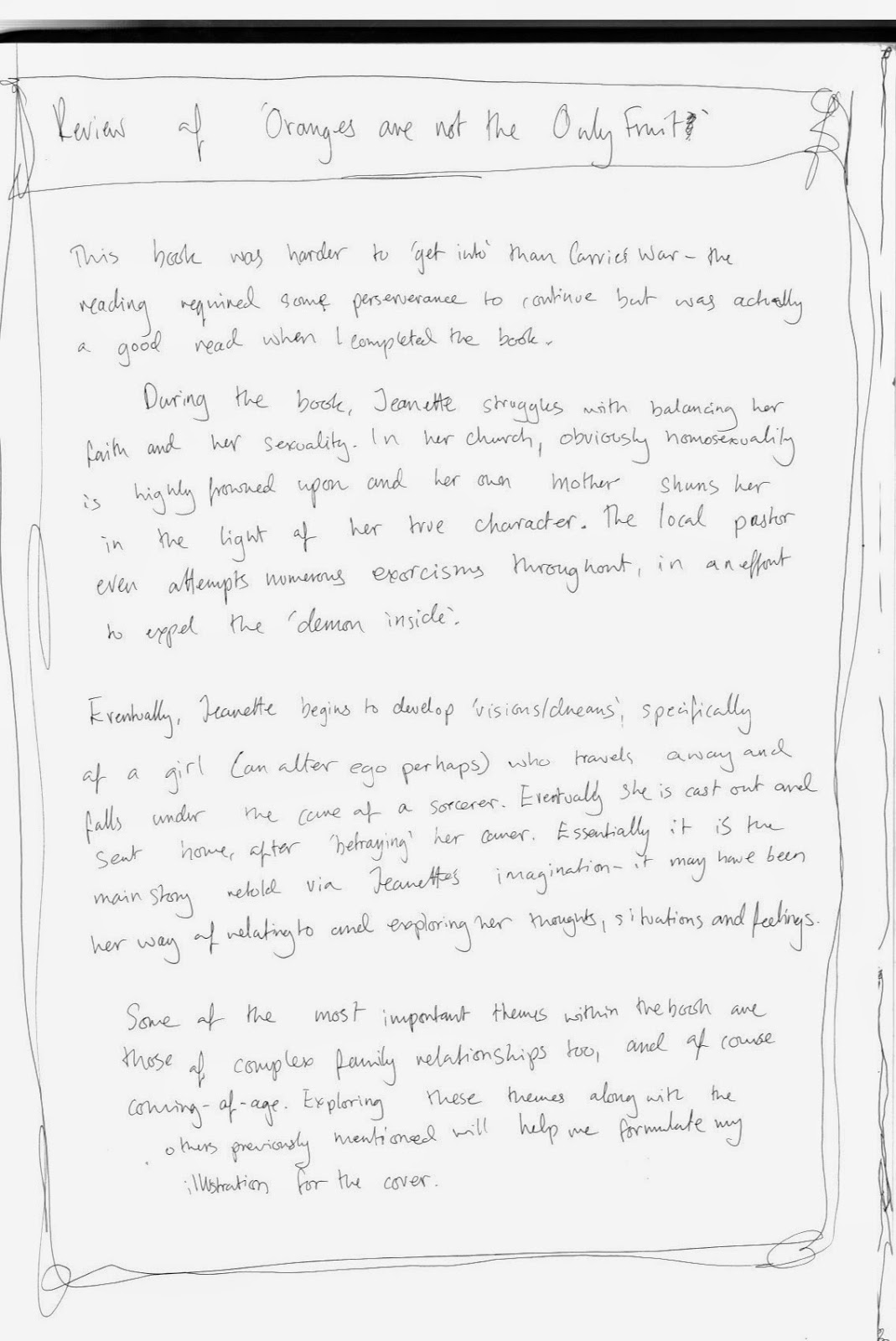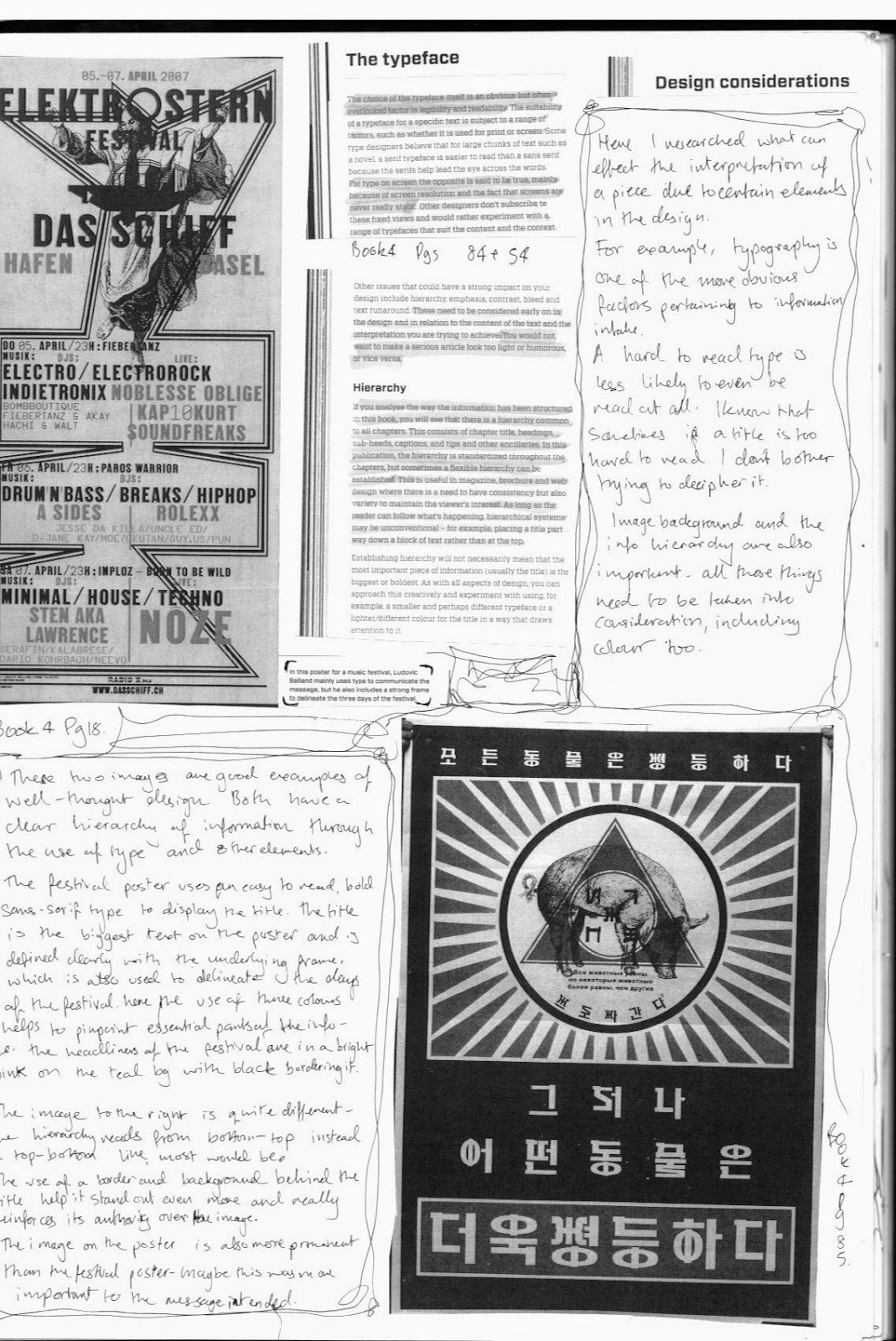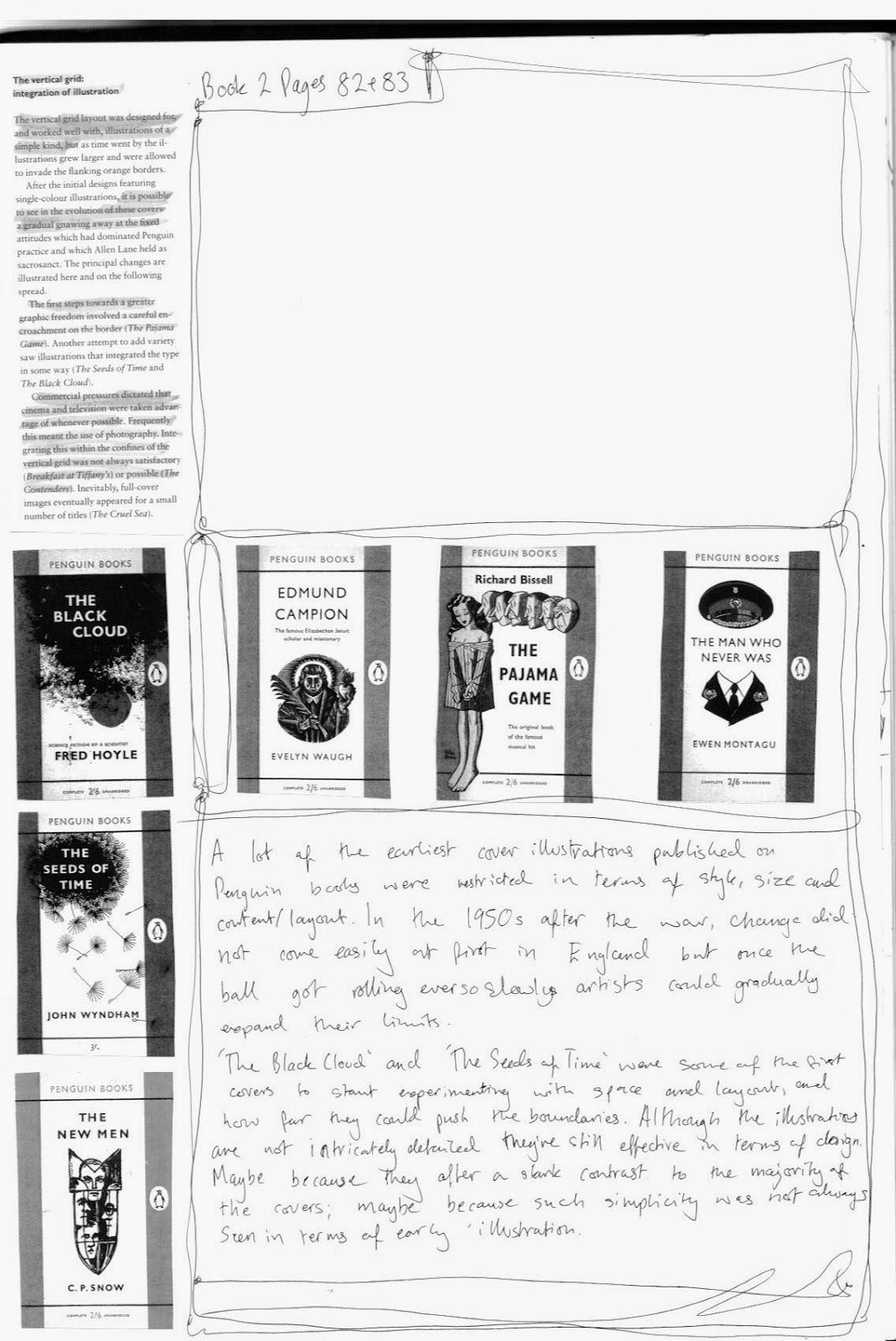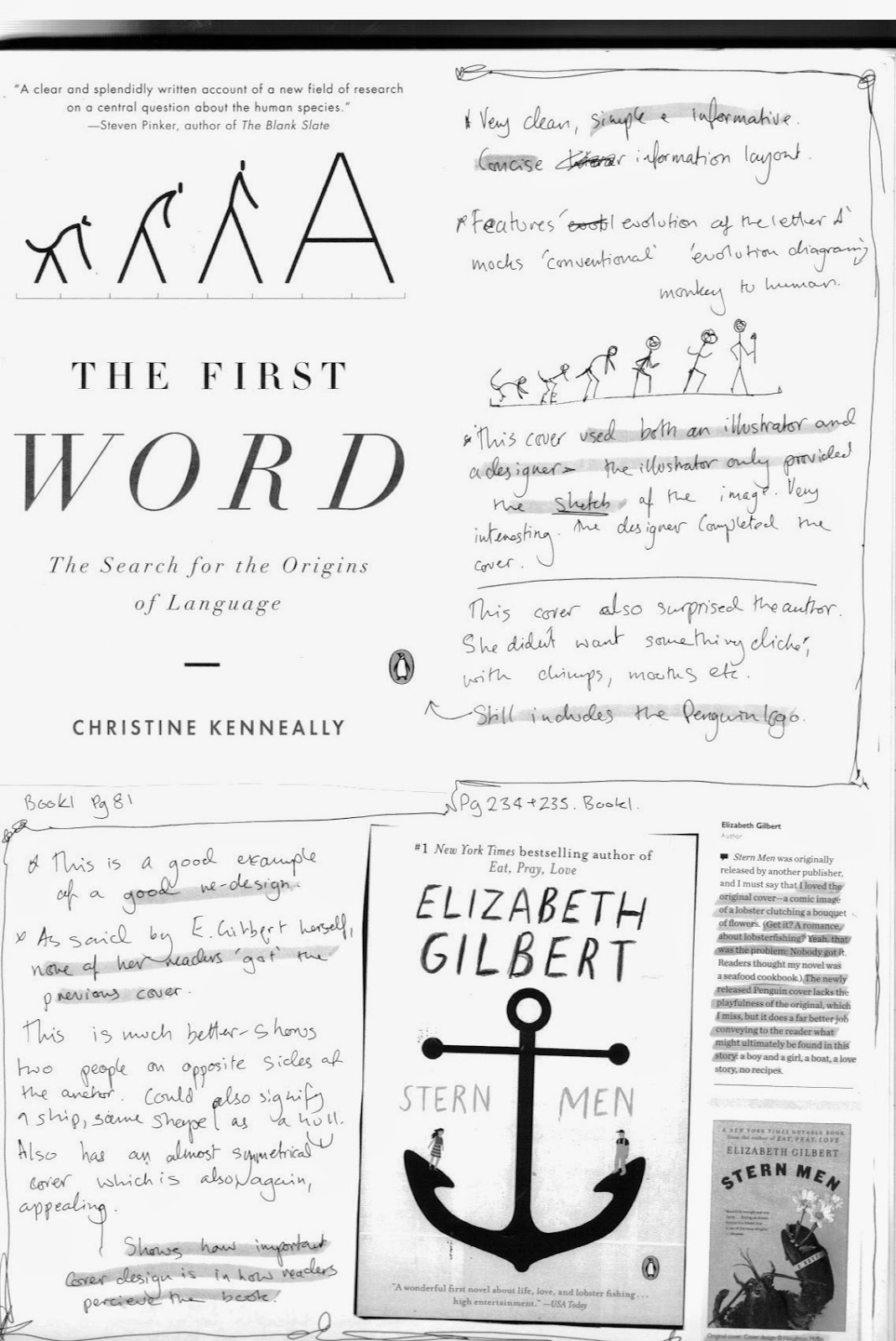Evaluation
In this module we were presented with a multitude of briefs to choose from, each with different outcomes and themes. In the beginning I picked out three initially to choose from- the Wylam brief, the Liberty brief and the Penguin brief.
I chose the Penguin brief because to be in with a chance of winning such a prestigious competition and the exposure that could be gained from it is something that could help my career get off to a huge start. It’s also a pathway I would be interested in exploring in my career too, as I’ve always enjoyed creating book covers and found it a much better form of narrative illustration than illustrating a full book for me. This is because I know now I have a much smaller attention span than I originally thought; working on a continuous series of illustrations for one book loses interest quickly for me but when I can focus on one image to bring it all together that’s where my ability to conceptualise good ideas shines.
The two books I chose to illustrate were Oranges are not the only Fruit by Jeanette Winterson and Carrie’s War by Nina Bawden. After reading through these books I quickly saw they had similar themes- both main characters struggled against themselves within the books and issues of morality, religion and self-identity were prominent throughout both. Therefore I needed to convey the messages in each one differently as they are indeed very different books.
My idea for Oranges came about when I started doodling some initial sketches. The idea I had was that I wanted to include two faces on the cover to represent each side of Jeanette; one moral and chaste and the other ‘immoral’ and wild. I got to thinking about the theatre masks where one is happy and one is sad, and the idea came about to have the two faces peeling away from an orange, where the orange represents Jeanette and her two ‘personalities’ both struggling against each other to be the dominant entity. It also represents her fragmented mind towards the end of the book, as she struggles to identify real life vs. her hallucinations. The back of the book is meant to represent the two different sides to her again; the open half of the orange is the unreligious side, open to the world and a new sexuality, whereas the ‘closed’ orange shows her moral personality. The fact that the oranges are peeled here also lends another layer of symbolism- by the time you reach the end of the book, her masks have peeled away and she can show her true colours to her family and community.
Carrie’s War also had strong themes of religion and morality running through it, however, these were not what I wanted to base my cover on. Instead I chose to focus on Carrie’s war; the internal struggle she has throughout the book between wanting to do the right thing and keep everybody happy at the same time. At first I tried to incorporate the Indian skull into the design too, because I felt it was an important thing to include, but after trying to figure out an effective way of including it I was growing too frustrated with the idea and ignored it, instead focusing on one of the most iconic scenes for me- the part where she and her brother Nick are traipsing through the Druid’s Grove and the trees are described as ‘twisting, arthritic fingers’. On my cover, the branches that are pulling and bothering Carrie represent the different characters of the book, trying to pull her each in different ways according to their own agenda, and should also suggest a type of ‘prison’ or cell due to the way they’ve been put together, locking her in the middle.
My best strength during this project was most definitely in developing the concepts behind the covers, whereas my weakness yet again was managing my time properly and allowing myself the time to develop something further and in a more relaxed manner. This was due to the making of the Christmas cards before the end of term; although I enjoyed making them and it was a great experience, it definitely put me behind in this project and burned me out before Christmas, making me feel totally unable to put any effort into the brief over the holiday period. Thankfully I had already gathered most of the research I needed so once we returned I could jump straight into the development and making of the images.
In this brief the research I carried out was mainly of existing book covers, and also on colour and symbolism theory. This is because in the books I chose there was a huge scope for symbolism to play a part, and of course choice of colour is always important in the message it gives off. For Oranges the bright blue background shows a sea of emotion and feeling, while the grungy-green of Carrie’s War should bring to mind army green camouflage and the green typical of 1940s war effort posters.
I used a mixture of both traditional and digital media in both of the books, and aimed to update the literature with a modern flair. They are both in very different styles, although I think both are effective in their own way and adequately show the messages I wanted them too through the symbols and colours.
This brief has again been a great learning curve for me and it’s helped me to go one step further in the development of my creative development; I never knew I had such a penchant for symbolism in art but developing the ideas behind the images was one of my favourite parts, and knowing this will help me in the future to direct my career. I know that yet again time management is an area to improve on, and although the fault was entirely mine I feel like it could have been avoided with better planning on my part. The images I have produced are some of the best in a long time and I feel like my ways of developing concepts have grown more and that it will be easier and easier to show this in my work.















